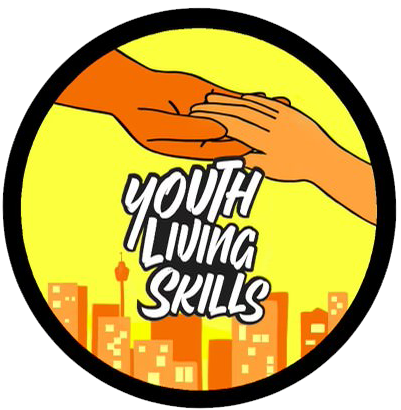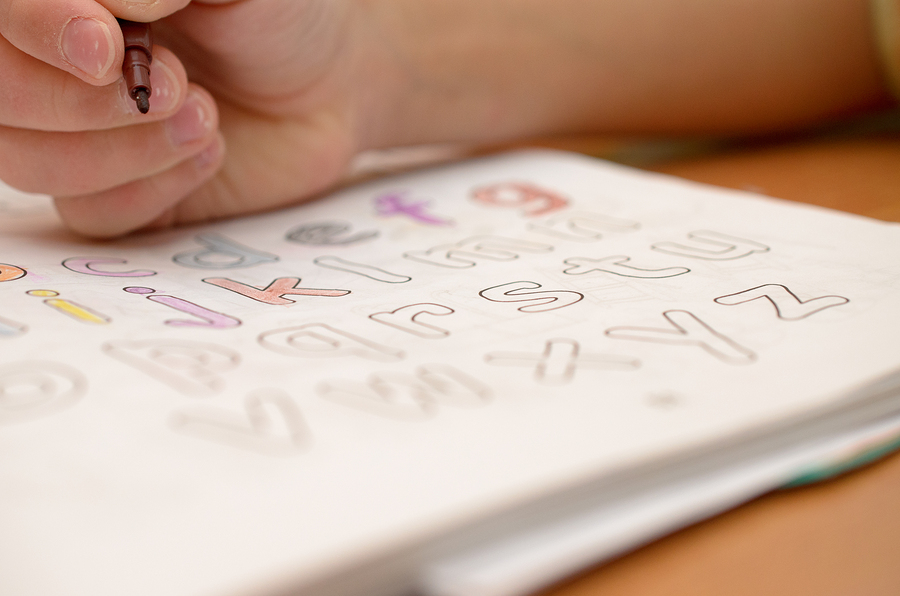Occupational Therapists are allied health clinicians who help improve an individual’s independence, so they can better engage in everyday occupations and activities. Occupational therapists work with people with a wide variety of medical conditions and of all ages, and can help them improve in all areas of life such as work or vocation, social interaction or hobbies, and personal care. Occupational therapy has a keen focus on assisting people to achieve their goals by helping them develop general life skills. Commonly, an occupational therapist can improve children’s handwriting. This article will discuss how occupational therapists can work with children to develop the important life skill of handwriting.
The aim to improve a child’s handwriting is a common reason why children, with and without diagnosed medical conditions, receive occupational therapy. Handwriting is an advanced skill that requires the coordinated application of visual, cognitive, motor and sensory abilities. How a child’s handwriting evolves can commonly assist in indicating if there are any developmental or learning difficulties present. Different or incompatible learning or teaching approaches may also affect the progression of a child’s handwriting.
While a child’s school teacher is chiefly responsible for directing handwriting skills, occupational therapy can help to regulate any elemental deficits such as motor, sensory, postural or perceptual, that may be present and impeding on the evolution of coherent penmanship.
To assist the improvement of a child’s handwriting, an occupational therapist can help in the following ways:
- Assess the child’s baseline functioning in visual motor integration, visual perception, cognition, fine motor skills and sensory processing. This will identify the major deficits or difficulties the child has, which can then direct the therapies and interventions.
- Once the occupational therapist has a reasonable understanding of the child’s current level of functioning, they may help the child to:
- Improve pencil grasp and control
- Improve hand dominance and hand strength
- Improve legibility of handwriting
- Utilize lines properly
- Promote better formation of letters and numbers, including steady sizing
- Ensure correct posture to enable appropriate use of head, eyes, arms and hands
- Improve any handwriting fatigue
The occupational therapist can also help to assess and develop:
- Endurance and physical strength
- Fine motor control
- Perceptual and visual acuity that may affect the child’s capacity to appropriately use writing utensils
- Choosing appropriate equipment and tools most compatible with the child (e.g. pencils, pen, table and chair)
- Handwriting programs in collaboration with teachers to determine best strategic approaches suitable for the child, inclusive of any plans to mitigate any resistance to handwriting activities
- Tasks and activities that the child can perform at home to broaden handwriting skillset, which are often adapted into their everyday routine
The occupational therapist will also usually work with the child’s parents and family members and educate them about how they can support the child. Examples of how families can contribute to advancing a child’s handwriting include:
- Regularly giving encouragement and prompting to write (e.g. letters to friends)
- Engaging them in tasks that utilizes and exercises their hands
- Encouraging the use of silverware at mealtimes to help foster hand grip
- Employing them in games and physical activity that incorporates coordination of motor and visual skills e.g. ball games and marbles
It is also important to note that occupational therapy is not merely concerned with handwriting in itself, but also seeks to diagnose and rectify the underlying issue causing handwriting problems.

